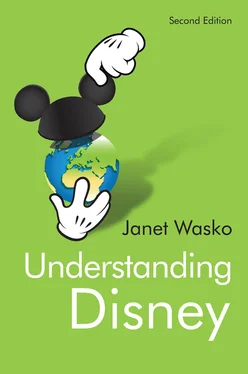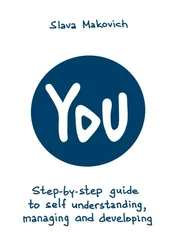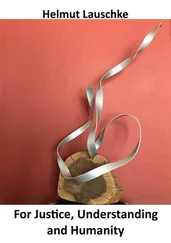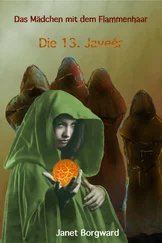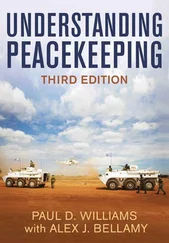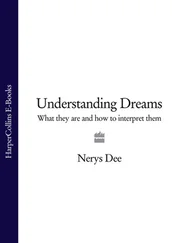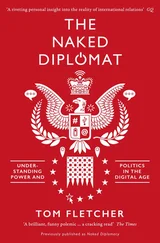In chapter 2, different versions of Disney’s history will be discussed, as well as the issue of Walt Disney’s contribution to the company’s development. A political economic analysis of the different sectors of the current Disney empire will be presented in chapter 3, followed by a discussion of the company’s strategies and policies in chapter 4. Chapter 5will review examples of the analysis of Disney content, and chapter 6will consider how some of the same techniques have been applied to the Disney theme parks. Chapter 7will discuss the reception of Disney by different types of audiences or Disney fans, as well as presenting examples of how individuals respond to Disney.
1 Michael Real, Mass-Mediated Culture (Englewood Cliffs, NJ: Prentice-Hall, 1973). 2 https://en.wikipedia.org/wiki/Road_to_the_Multiverse3 Kathy Merlock Jackson, Walt Disney: A Bio-Bibliography (Westport, CN: Greenwood Press, 1993); Lynn Gartley and Elizabeth Leebron, Walt Disney: A Guide to References and Resources (Boston, MA: G. K. Hall, 1979). 4 Ariel Dorfman and Armand Mattelart, How to Read Donald Duck (New York: International General, 1975); Herbert I. Schiller, The Mind Managers (Boston, MA: Beacon Press, 1973). 5 David Buckingham, “Dissin’ Disney: Critical Perspectives on Children’s Media Culture,” Media, Culture and Society 19(2) (April 1997): 285–93. 6 Schiller, The Mind Managers, p. 99. 7 Buckingham, “Dissin’ Disney,” p. 291.
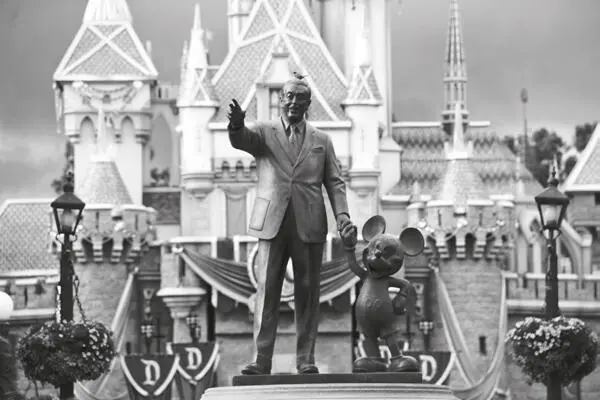
Figure 2.1: Walt and Mickey statue at Disneyland. Photo by Travis Gergen.
In the truest American Tradition, Walt Disney rose from virtual obscurity to become, through his beloved character creations, film-land’s greatest success. . . . by virtue of his unsurpassed imagination, native genius, determination, and resourcefulness, he has utilized all so effectively as to become a world renowned, self-made pioneer in creating highly entertaining, thoroughly delightful, colorful, and educative motion picture spectacles.
Wisdom , 1959 1
As indicated in the epigraph above, the history of the Disney company has almost always been the story of Walt Disney. From the early 1930s until his death in 1966, Disney received an enormous amount of public attention – probably more than the movie moguls who distributed his cartoons. But the fascination has continued, with numerous biographies appearing since his death, as well as the more expected glorification by the Disney corporation itself. As William McReynolds has observed, there is a “pseudo-religious aura that has come to surround his name before and since his death.” 2
Much of the story was deliberately constructed by Walt Disney himself and was carefully repeated over the years by Disney, his family, and the Disney company. 3In fact, the family has created a museum dedicated to Disney, where many of the awards and mementos of his success are on display. 4Another monument to Disney is the Walt Disney Concert Hall in downtown Los Angeles, designed by Frank Gehry and built with a gift from Walt’s wife, Lillian Disney. 5
In 1968, Richard Schickel concluded that “Walt Disney’s greatest creation was Walt Disney.” 6Joel Taxel echoed these sentiments: “His success in building an empire based on the animated film and in making his name one of the best known in the world was, to most, far more intriguing than any of the products he created.” 7
It may not be surprising that the story of Walt Disney seems to have special, almost sacred, meaning for many Americans, as well as fans and admirers in other countries. Not only does the Disney company actively present him in this special, sacred way, but the legends of Walt and Mickey Mouse have been picked up and repeated endlessly by journalists, historians, and biographers. 8Even the more critically oriented biographies sometimes attempt to psychoanalyze the man and connect that analysis to Disney products but inevitably conclude with consummate praise for Disney’s genius. 9
Not only does this perpetuate the “great man” version of history, but this ongoing fascination with Disney and his accomplishments tends to deflect attention away from the corporate nature of his enterprise. For example, Leonard Maltin, one of Disney’s well-known chroniclers, asks: “Why and how did Walt Disney get to the top of the heap and stay there? Most of the answers are to be found in the man himself.” 10
To establish a foundation for understanding the Disney phenomenon, it is necessary to sort through the hagiographies of Walt Disney that rely heavily on this “great man” approach and attempt to discover his actual impact on the company and its products. Disney obviously owned and clearly controlled the company during his life, as well as playing a very strong leadership role in the company’s management for most of that time. Thus it is sometimes difficult to separate the history of Disney the man from that of Disney the company. Nevertheless, understanding both these Disney histories is essential.
It is also necessary to establish the social context in which Disney and his company developed. It is thus crucial to study the history of the Disney company through the interweaving of instrumental and structural analysis. In brief, instrumental approaches have been used to understand corporations by focusing on individual capitalists, while structural analysis considers corporate activities within the context of more general economic and political contexts. As Graham Murdock has argued, to understand the full dynamics of media corporations, it is essential to use both approaches, examining “the complex interplay between intentional action and structural constraint at every level of the production process.” 11
Drawing on the many biographies and the few corporate histories, this chapter will present an overview of the Disney company during Walt Disney’s life, thus establishing a foundation for understanding the Disney Multiverse in the twenty-first century.
Walt Disney, the man
Once upon a time . . .
Walter Elias Disney was born in Chicago in 1901, the fourth son in a family of five children. 12Struggling to gain financial security, his father moved the family from Chicago to a farm in Missouri (1906), to Kansas City (1910), and then back to Chicago (1917). Later in his life, Disney often referred to his memories of the farm and rural life in Marceline, Missouri. But the irony, pointed out by some biographers, is that the family lived in Marceline only a few years; thus Disney’s rural roots were relatively shallow. Nevertheless, Disney “idealized and romanticized” these memories, which provided the basis for his attachment to small-town America and its values.
When the family moved to Kansas City, Walt and his older brother, Roy, apparently suffered from long hours of hard work delivering newspapers for their father’s new business and were also reportedly subjected to some physical abuse from their straitlaced father. Roy served as an ally and protector of the younger Walt but, upon reaching maturity, left the family as two other older brothers had done previously. Thus, despite his fondness for warm, happy families, Walt Disney’s own family life lacked these qualities. His biographers note that he developed a “creative and lighthearted personality,” an inclination towards commercial activities, an intense desire to succeed, a strong rejection of organized religion, and a loathing of poverty, as well as faith in practical education and experience. 13
Disney left home when he was 16 years old, falsifying his age so that he could join the Red Cross Ambulance Corps. Even though World War I had virtually ended, he served as a driver and performed other duties in various locations in France. When he returned to the United States in 1919, he pursued his interest in drawing at a commercial art firm in Kansas City, rather than finishing high school. After dabbling with animation for a few years, he formed his own company, Laugh-O-Gram Films, in 1922, and started producing the Alice’s Wonderland series, which combined animation with live action. It was also the beginning of his collaboration with the talented artist Ub Iwerks, who joined the Disney enterprise and became an important part of Disney’s future success.
Читать дальше
